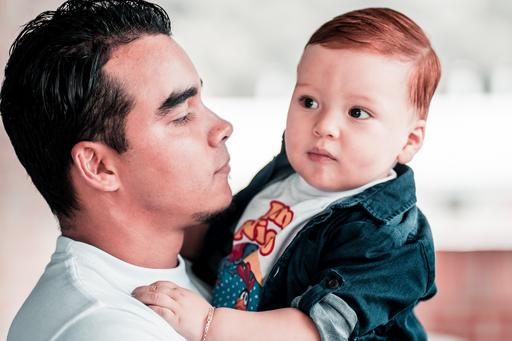Martyna Galazka-Carney has been awarded 2,723,000 Swedish krona by Riksbanken's Jubileumsfond
Martyna Galazka-Carney has been awarded 2,723,000 kr by Riksbanken Jubileumsfond
Area
Health and
medicine

Martyna Galazka-Carney has been awarded 2,723,000 kr by Riksbanken Jubileumsfond
Towards the end of 2020, GNCs Martyna-Galazka Carney was awarded 2,723,000 Swedish krona by Riksbanken's Jubileumsfond to carry out her project 'The physiology of eye contact in children with autism'. Riksbankens Jubileumsfond (RJ) is an independent foundation whose main aim is to promote and support research in the Humanities and Social Sciences.

Appropriate eye contact is an important aspect of our social behavior. Individuals with autism have shown deficiencies in making and maintaining eye contact with others, which contribute to the social difficulties that define the disorder. A common assumption has been that individuals with autism are indifferent to others, which has also been a motivating factor in reinforcement-based therapies. However, a growing number of research projects have shown that the behavioral lack of eye contact is often accompanied by a physiologically aroused autonomic nervous system (ANS), which points to an oversensitivity, rather than disinterest, in eye contact. Guided by the hypothesis of an excitatory/inhibitory imbalance in the socio-affective processing in autism (Lasalle et al., 2017), two objectives motivate present research. The first is to explore pupil mimicry (Fawcett et al., 2018; Kret, Fischer & De Dreu, 2015) as an index of autonomic function through physiological responses such as skin conductance and heart rate. Pupil mimicry has been found to be the mechanism by which an observer matches the arousal level with the observed individual. The second objective is to examine how pupil mimicry effect correlates with autistic traits, an individual's sensory profile, and degree of anxiety. The present project holds theoretical, clinical and social implications for individuals who have difficulty with eye contact and for whom traditional therapies have proven to be inconsequential.